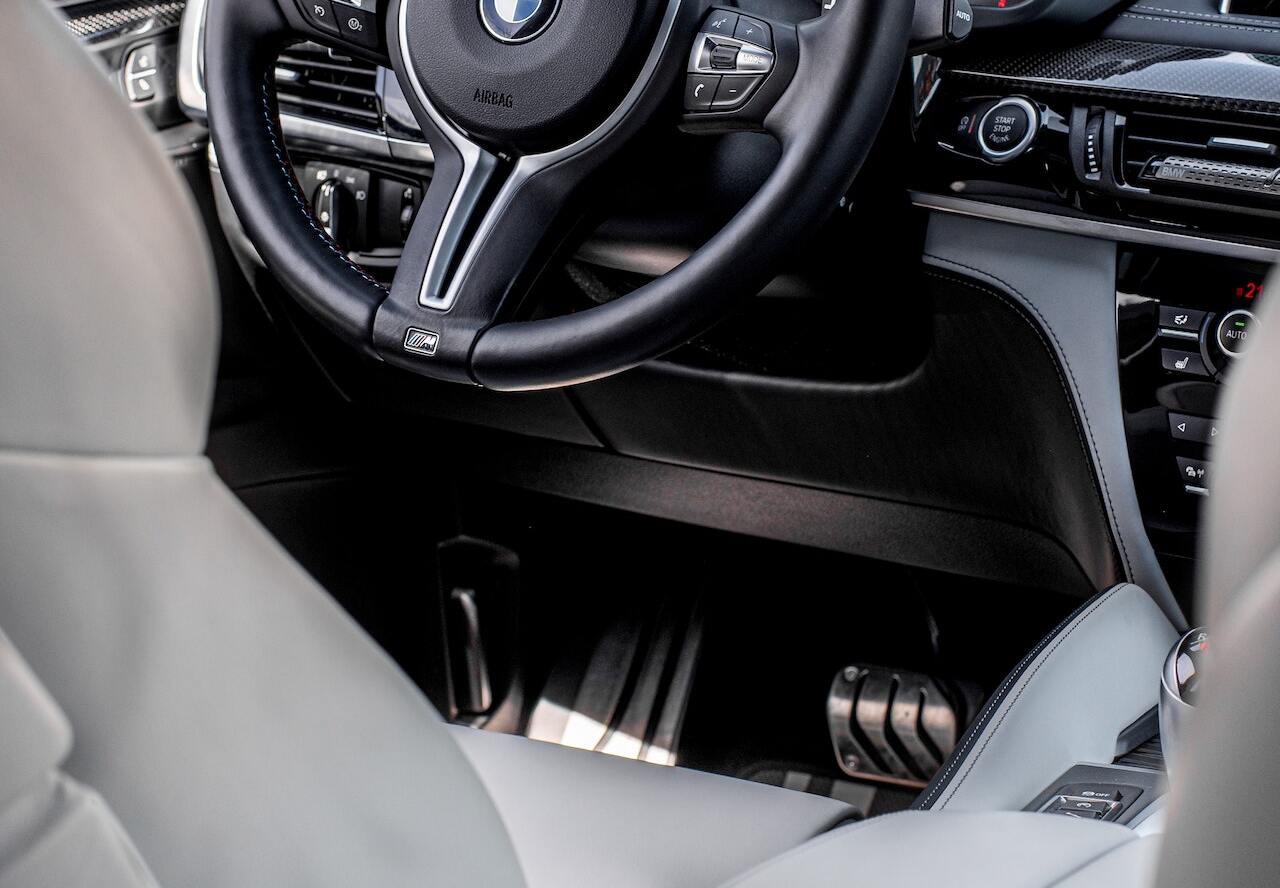Safety systems in the car: the hidden helpers
Safety is one of the most crucial factors in your car. Only a car that is equipped with various safety systems can protect its occupants and prevent accidents. Over time, technological development has thankfully introduced many active and passive safety systems. We tell you all about them in this blog.

The difference between active and passive safety systems
First of all: what do we mean by active and passive safety systems? Active safety systems are, for example, the anti-lock braking system (ABS) and other electronic programs designed to prevent accidents. Passive safety systems are airbags, belt tensioners etc. that aim to prevent serious injury in the event of an accident.
In addition to these safety systems, car manufacturers also continue to develop increasingly modern systems that work with automatic systems, sensors or cameras with the aim of completely avoiding accidents in the future.
Active safety systems
Active safety systems are designed to prevent accidents. These include systems that assist with braking, lane changing, and night vision.
ABS – Anti-lock braking system
The anti-lock braking system ensures that steering capability is maintained even during an emergency stop, and that the braking distance is shortened.
BAS – Brake assist
Brake Assist is an electronic system that helps the driver when braking the car. The system works by detecting an emergency stop, after which the system automatically applies more force to the brakes.
ESP – Electronic stability program
The Electronic Stability Program can brake the car in case of instability and prevent it from skidding.
Light-assistant
This is a technology that adapts a car’s headlights to the surroundings. The system adjusts the headlights according to the light intensity, giving drivers better visibility. The light intensity is also automatically adjusted to the traffic situation, making the traffic clearer and safer for all road users.
Blind spot assistant
The blind spot assistant is a technology designed to assist in maneuvering cars. The system uses sensors and software to detect where other vehicles are nearby, giving the driver the opportunity to maneuver more safely.
Lane assist
Lane assist uses sensors and cameras to detect where the car is in the lane. When the car threatens to leave the lane, the system warns the driver – usually in the form of steering wheel vibration, a warning light or some other visual or auditory indication.
Multi-collision brake
Multi-collision braking is only activated after a collision has occurred and ensures that a car comes to a complete stop, preventing it from rolling back into traffic.
Speed assistant
The speed assistant is a technology introduced by car manufacturers to help the driver adhere to the maximum permitted speed. The technology usually works by using a camera to detect speed signs and alerts the driver if he or she is driving too fast or too slow.
Night vision assistant
The night vision assistant works with infrared. It can scan the lane and alert the driver to crossing people or animals. Some systems can also automatically brake to prevent a collision.
Distance radar
The distance radar alerts the driver if the minimum distance to the vehicle in front is too small, and if necessary, can also reduce the speed.
Passive safety systems
Passive safety systems aim to minimize the consequences of a car accident and ensure that passengers suffer no or as little injury as possible in a collision.
Airbags
One of the most important passive safety systems is the airbag. It is located in the steering wheel (for the driver) and in the dashboard (for the front passenger). Most car brands are also equipped with side airbags. In a collision, the airbag is activated and inflates, preventing the occupants from hitting the steering wheel or dashboard.
Headrests
Headrests stabilize the head and neck and reduce the impact of accidents on the spine.
Seatbelts
Seatbelts keep the occupants in their place and ensure that they are not thrown out of the vehicle in an accident.
Belt tensioners
Belt tensioners tighten the seat belts so that they fit snugly to the occupants’ bodies to minimize freedom of movement.
Crumple zone
The crumple zone is located at the front and rear of a car. In an accident, the crumple zone absorbs the impact and the body deforms as a result of the forces exerted. The larger a vehicle is, the longer the crumple zone, which contributes to safety.
Autonomous driving for extra protection
In addition to active and passive safety systems, other modern safety systems also provide extra protection. For example, electronic assistants can already inform drivers about speed limits, automatically recognize traffic signs, or check tire pressure. Moreover, work is increasingly being done on self-driving cars that can drive without human intervention. The hope is to prevent accidents entirely, as many collisions are still unfortunately caused by human errors.


